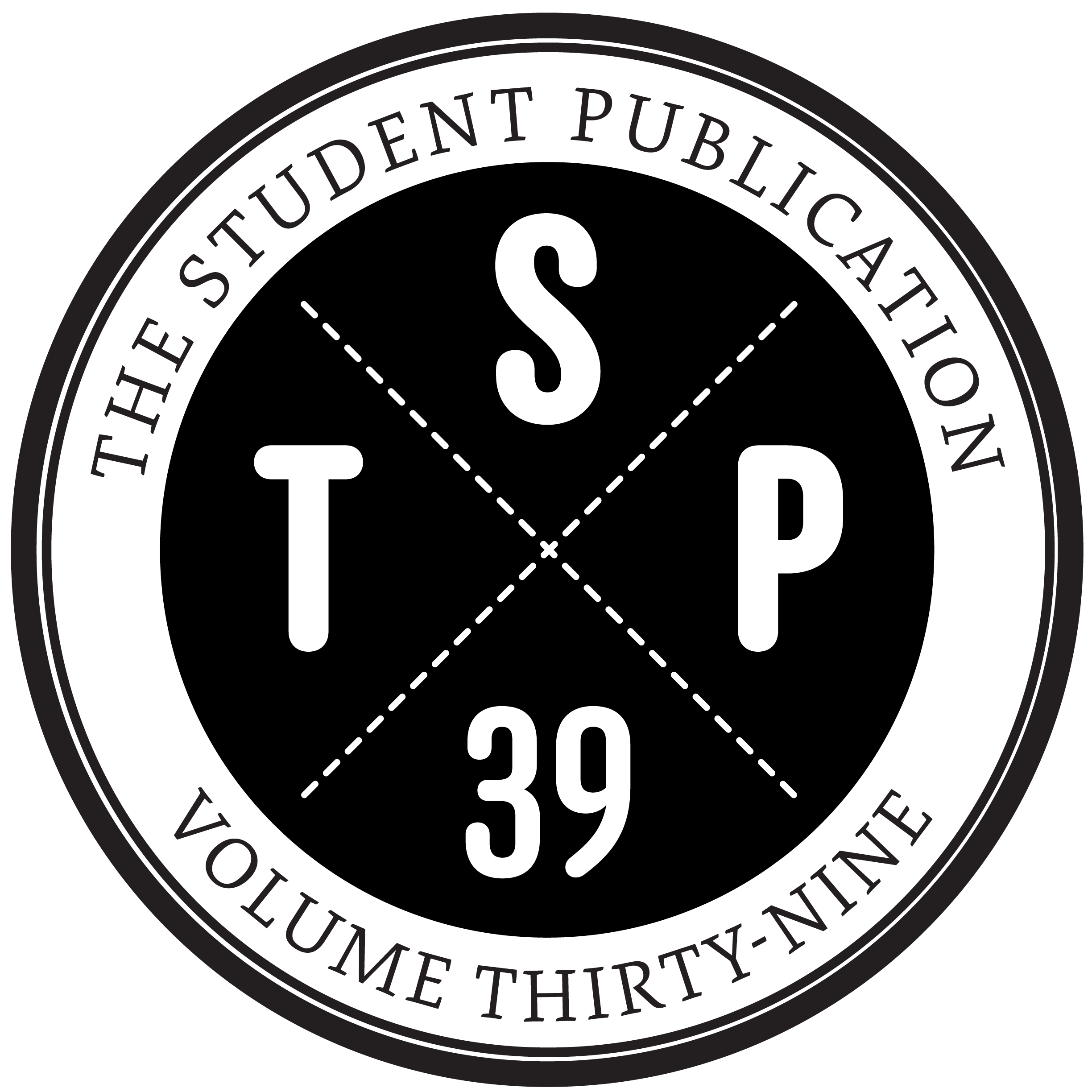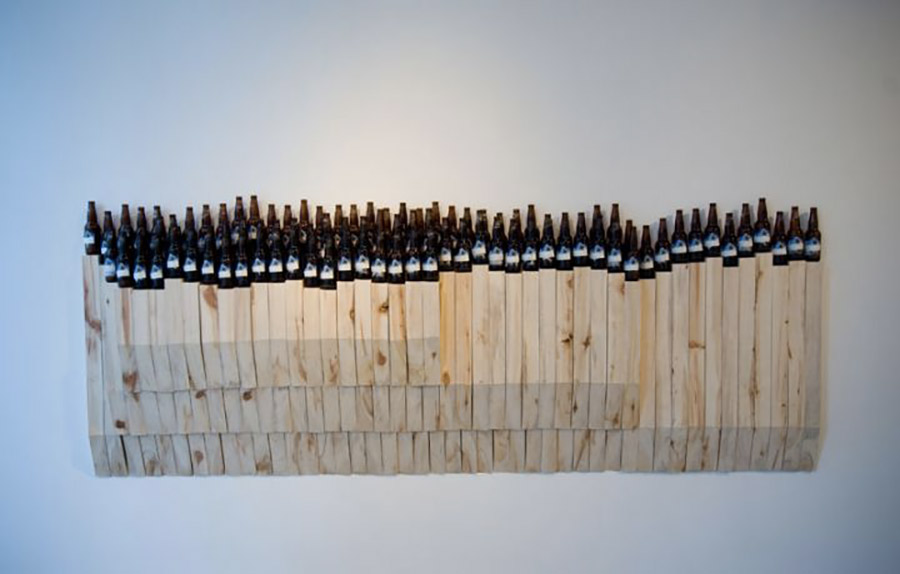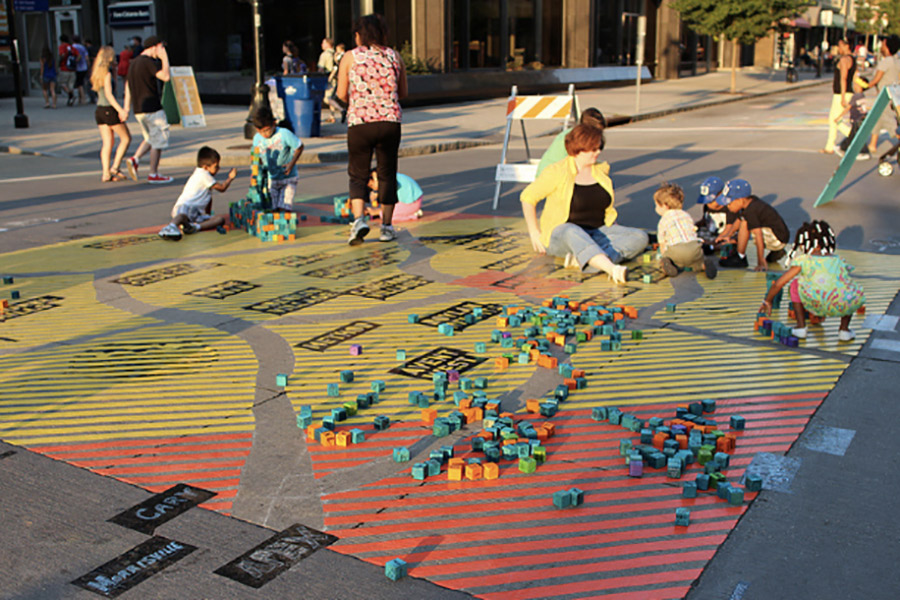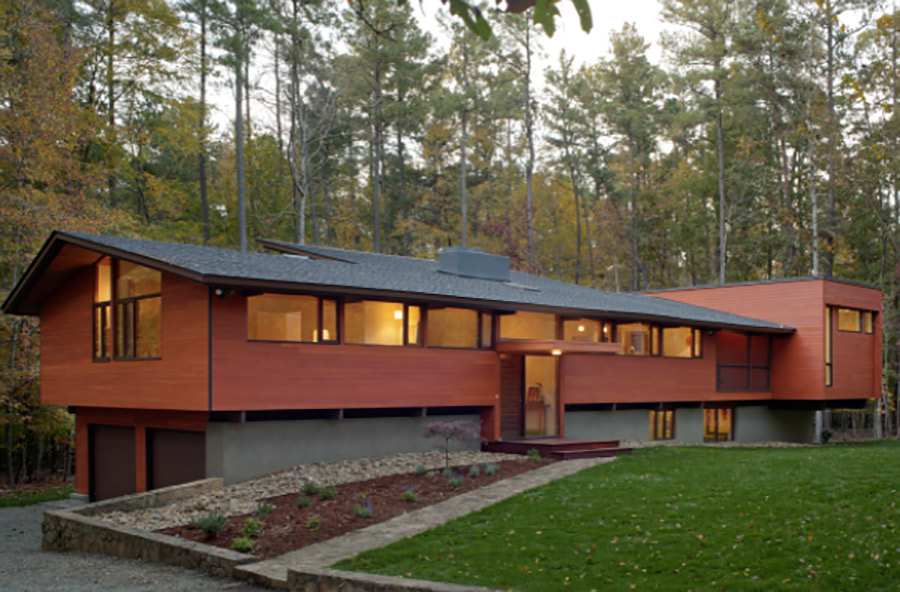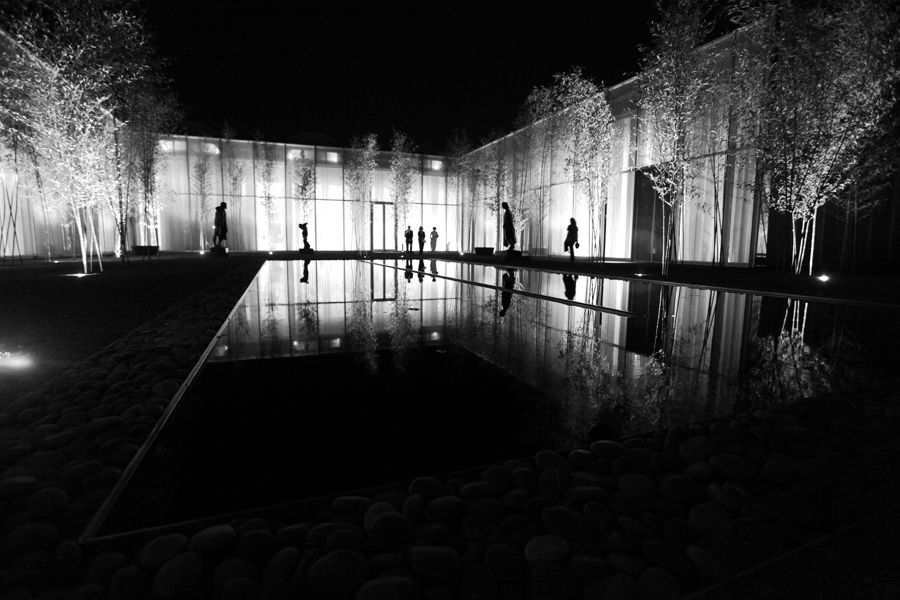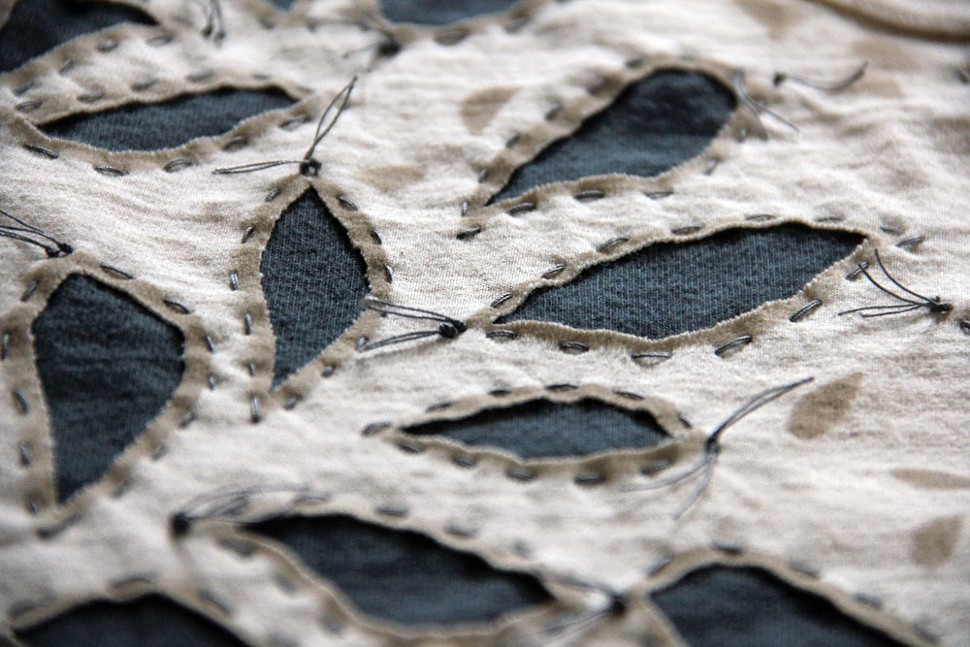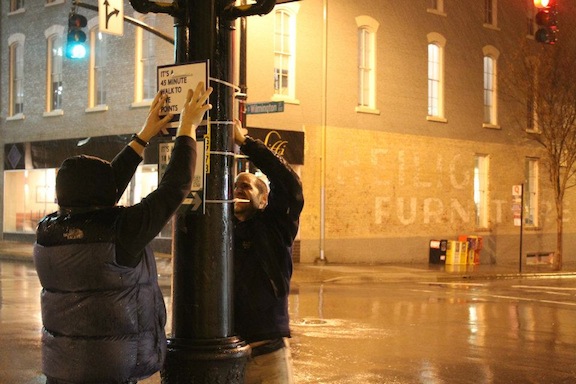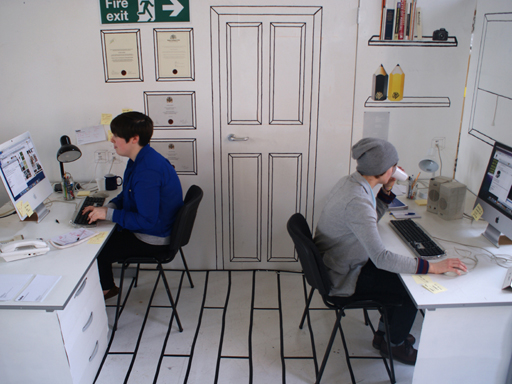Against Search by Lev Manovich
How to work with massive media data sets?
Early 21st century media researchers have access to unprecedented amounts of media--more than they can possibly study, let alone simply watch or even search. A number of interconnected developments which took place between 1990 and 2010--the digitization of analog media collections, a decrease in prices and expanding capacities of portable computer-based media devices (laptops, tablets, phones, cameras, etc.), the rise of user-generated content and social media, and globalization (which increased the number of agents and institutions producing media around the world)--led to an exponential increase in the quantity of media while simultaneously making it much easier to find, share, teach with, and research. Waiting to be “digged” into are hundreds of billions of videos on YouTube and photographs on Facebook (according to the stats provided by Facebook in the beginning of 2012, its users upload 7 billion images per month), millions of hours of television programs digitized by various national libraries and media...
